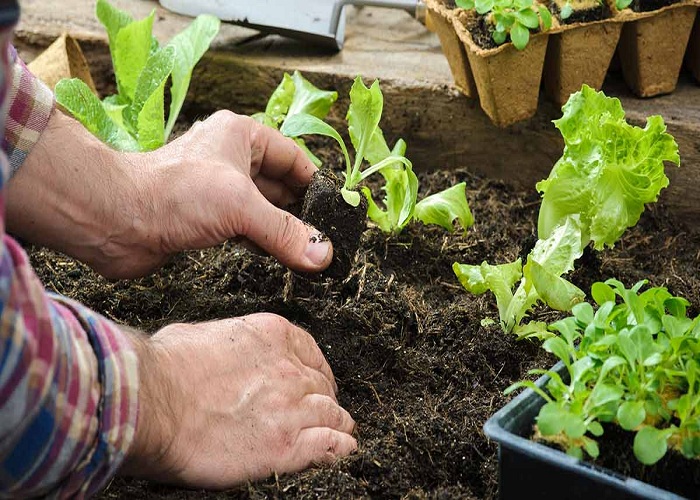To ensure your garden’s long-term success, it’s important to take your time planning and implementing changes.
While we do think and plan for the long term, that doesn’t mean we can’t also achieve certain short-term goals.
In this article, we’ll talk about how you can eat food you grew yourself faster than you might think.
Find out more information about the 15 seeds that can be planted for food in a little over a month.
Cress (Lepidium sativum – L.)
If you want something that grows quickly and easily, look no further than cress. You might have even done this while still in school. Once upon a time, I grew cress in eggshells. We used the cress to make heads with, and it sprang from the top of the eggshells like hair. The youngsters will enjoy doing this.
However, cress is a great crop to cultivate even if you don’t have tiny ones.
It only takes a week or two to grow and harvest cress from seeds planted today. Cress is rich in vitamins A and C and other important nutrients despite having few calories. It’s fantastic in salads and on sandwiches, and it has a nice peppery flavor.

Lettuce, cut and come again
Lettuce is a crop that almost everyone is at least somewhat familiar with. You can pick from a dizzying array of options.
Cut-and-come-again, loose-leaf varieties are what you’re after if you need a harvest quickly. You can pick as many leaves as you need, and more will sprout in their place, as the name implies.
Spring salads can benefit greatly from the inclusion of loose leaf lettuce, which comes in a wide variety of colors, textures, and flavors. There is a wide variety of cultivars available, and you may even choose a loose leaf seed selection that contains a little bit of everything.
In as little as four weeks, you can begin harvesting baby lettuce leaves for salads, and you can keep picking tiny amounts of leaves for months.
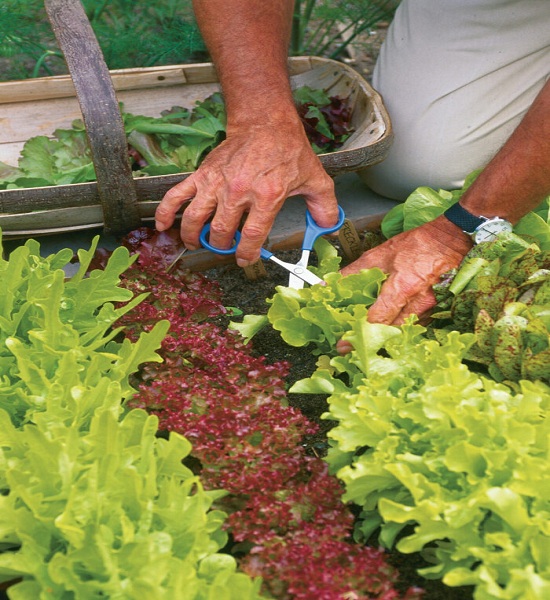
Pak Choi
However, lettuce isn’t the only leafy vegetable to think about. Plenty of Asian greens are ready to harvest their initial tender leaves in as little as four weeks under ideal conditions. The first example is pak choi, sometimes known as bok choy.
Even if you pick a few leaves early for a salad or sandwich, you can still let the plants continue growing. They taste similar to lettuce. Slightly older plants (6-8 weeks) are great for stir fries and other uses.
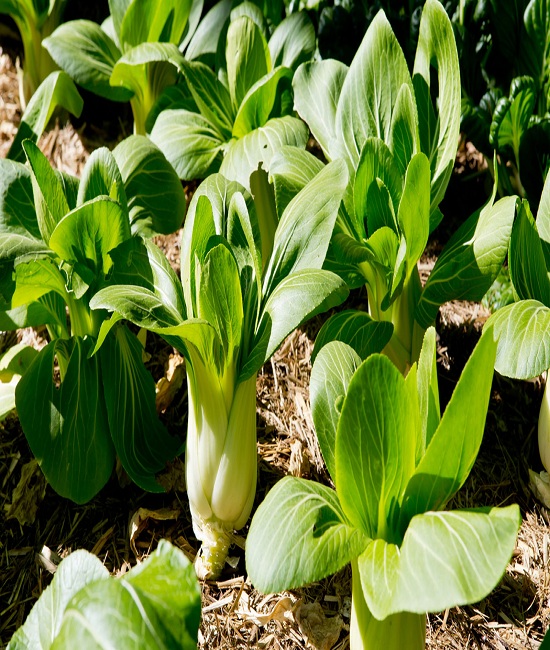
Mizuna
Mizuna is an excellent choice for an Asian green vegetable. Also belonging to the Brassica family, this peppery leaf vegetable is a fantastic cut-and-come-again harvest.
Again, in as little as four weeks, you can begin harvesting tender new leaves from individual plants.

Mibuna
Mibuna is a leafy green that is closely related to mizuna and can be produced and used in the same ways. When compared to mibuna, whose leaves are long and thin, mizuna looks more like it has feathers on its leaves. Even so, there is little difference in flavor between the two.
Again, harvesting can begin after a month or so with a few tiny leaves, and the prolific plants will provide for your needs for months to come.
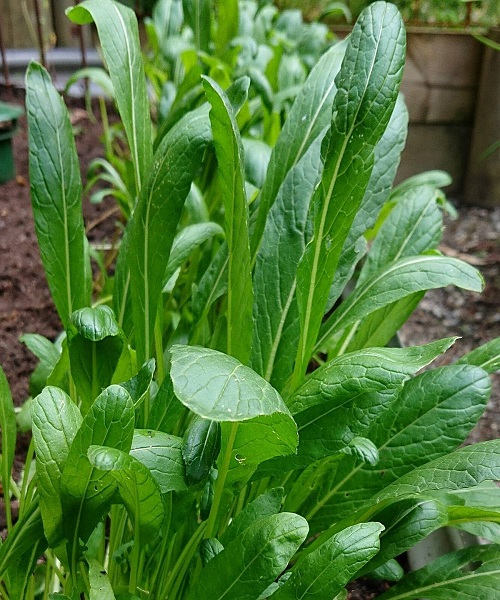
Mustard Greens
Similarly to collard greens, mustard greens are a Brassica crop that can be grown for cut-and-come-again leaves as early as four weeks after planting.
Varieties of green leaf lettuce and red/purple leaf lettuces like ‘red lace’ are just two of the many options for those who enjoy a colorful array of colors in their salads. The leaves, which are spicy and flavorful, are another nutritious option for eating at home.
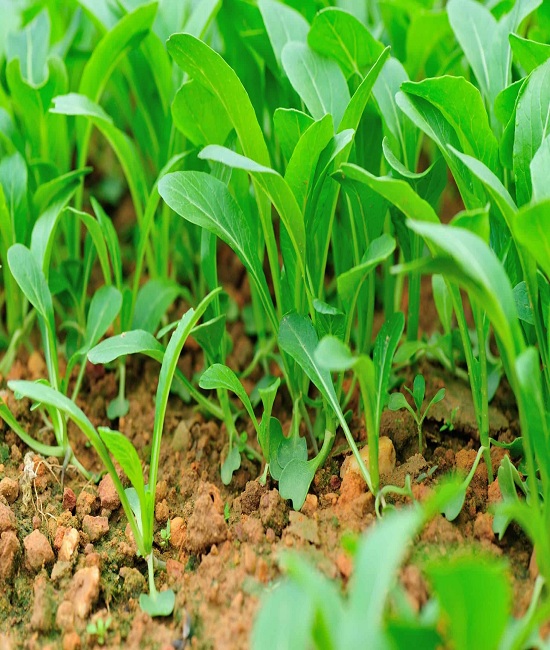
More Microgreens from Brassicas
For a few more months, brassica vegetables like broccoli, kale, cabbage, kohlrabi, etc., will not mature to their maximum size. However, in about a month after planting, any of these crops can be used to offer nutritious and flavorful micro-greens for your dinner plate.
Because of the high nutrient content of brassica seedlings, you can either prick them out to grow on as full-sized plants or harvest them as micro greens for an even speedier payoff.
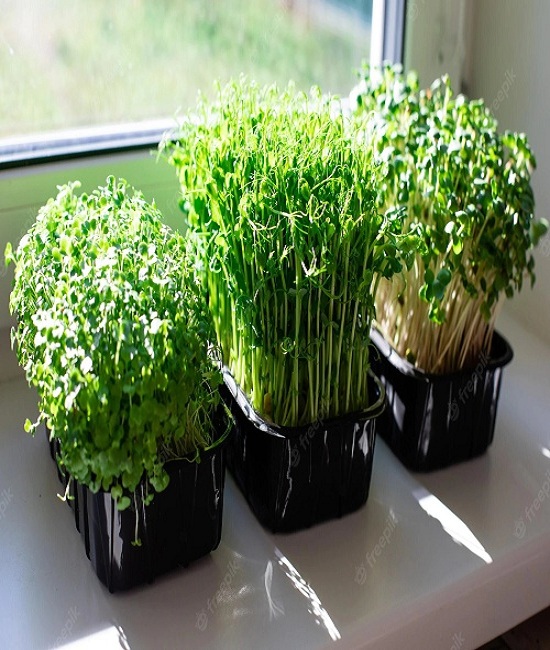
Arugula
Another leafy green that can be cut and come back to harvest in as little as four weeks after planting is arugula (rocket).
The leaves of this fast-growing, versatile plant are spicy and flavorful.
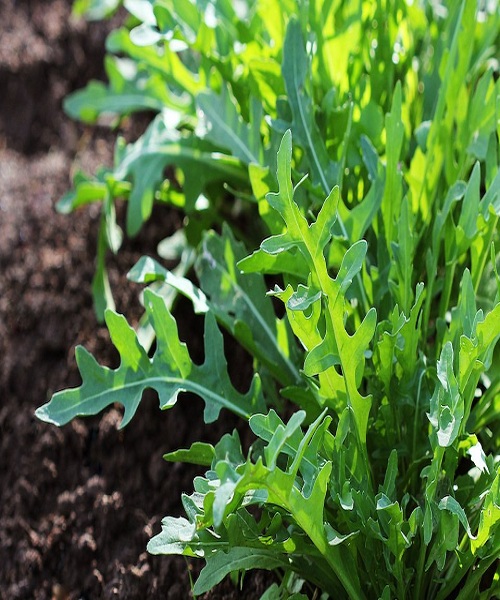
Baby Spinach
When compared to these other greens, spinach grows at a slightly slower pace. Yet in a month or so, you can start harvesting tender baby spinach leaves.
With a mellow and pleasant flavor that works well in a variety of cuisines, spinach is among the most delectable green vegetables. In just 4 weeks, you can harvest a little amount of tender, fresh leaves from either true spinach or perennial spinach.

Pea Shoots
Pea shoots are another fast-growing, tasty food that may be produced practically year-round.
The seeds and pods of these plants may be more familiar to us as a source of food. However, the young plants and their leaves are as edible and can be harvested rapidly.
Pea shoots have a mild pea flavor and are wonderful in salads or as a side dish. Within a month, they can rapidly multiply and supply an abundance of greens.
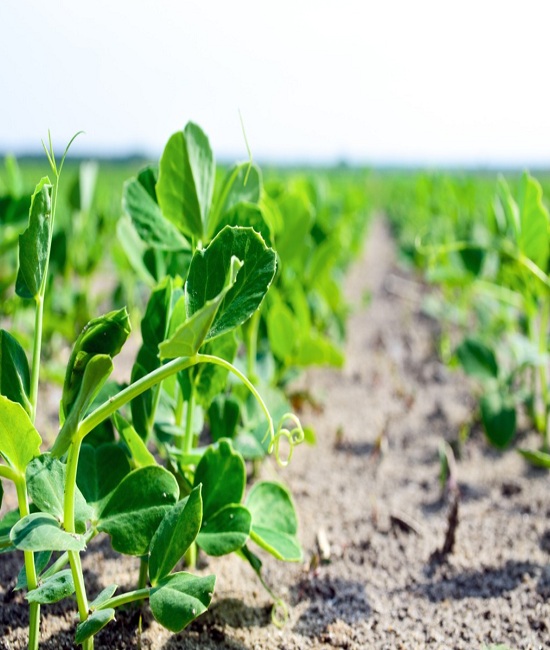
Chard
This is yet another fantastic lush green for your garden or windowsill. Like many other crops, chard will regrow after being harvested.
A month after planting, chard will still be quite little, but its tiny leaves can be plucked for their nutritional value. The plants will then keep growing for the next few months, providing a steady supply of leafy greens and stems.
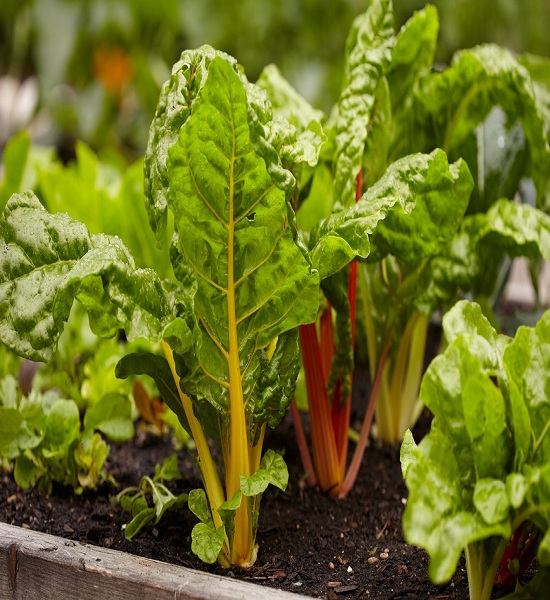
Beet Greens
It will be another couple of months before the roots of the baby beets planted now are ready to be harvested. However, you could alternatively seed beets and harvest them for their leaves, which would yield a harvest much sooner.
Typically, the leaves of beets are thrown away. However, they are also a viable crop for food (Very similar to chard.)
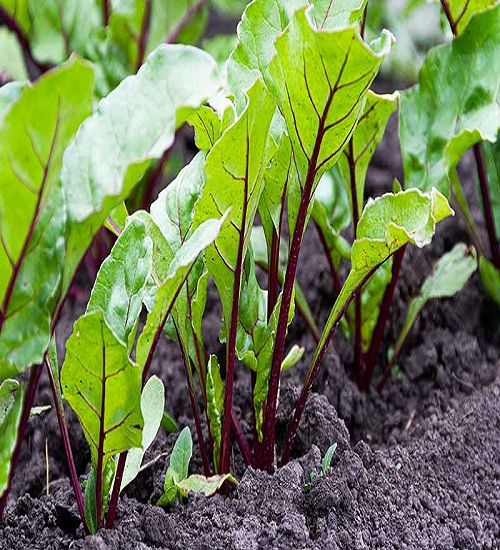
Radishes
If you find yourself becoming tired of growing leafy greens, try planting some radishes.
Some types of baby radishes can be harvested in as little as four to six weeks from seed. Planting radishes early in the season can ensure a steady supply for salads all year long.
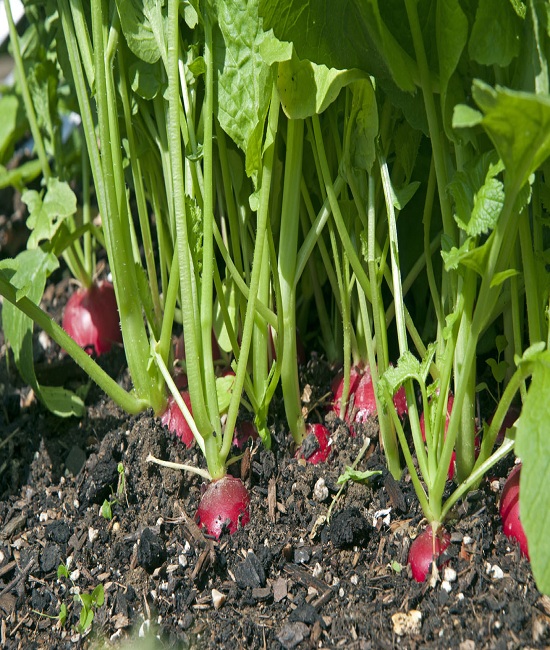
Turnips
Some fast-growing and smaller turnip varietals can be harvested when still very little in as few as four to six weeks, although larger turnips will obviously take considerably longer to grow.
If you need a quick-growing turnip variety, choose Market Express. However, besides that, there are other possibilities.
The leaves can be harvested alongside the little roots and utilized in the same ways that you would use the leaves of any other brassica.

Green Onions
Last but not least, if you need a quick supply of green onions but don’t have time to wait for seeds to germinate, you can plant some onion sets (immature onion/ scallion bulbs) now. You can harvest the tops as you need them, and the plants should keep coming back.
Take note that the bottom half of your green or spring onion can be used to start new plants. So, if you buy some from the shop, you can use it to grow even more food!
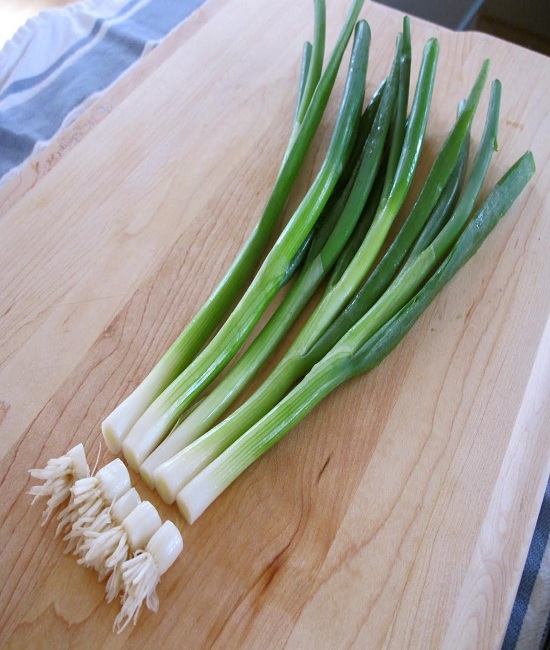
Advice on Planting Seeds
It takes little effort to plant a few food plants on a window sill or elsewhere in your home. In order to give gardening a shot, you don’t need to know a lot about it. We can all grow a few plants to complement our diets, even if we don’t have a green thumb. However, there are several fundamentals to keep in mind:
Find a good spot to plant your seeds
Where you plant your quick-growing food will vary depending on your location. It’s more practical to start them off indoors or in a greenhouse if you live in a cooler climate. Perhaps you might cultivate:
- On a windowsill (preferably a south-facing one, but east- and west-facing ones can suffice in a pinch).
- On a sunny shelf or wall within your house, if you have a vertical garden.
- On staging/shelving or directly in the ground within a greenhouse or polytunnel.
- Within the confines of a warm bed, greenhouse, or cold frame
Assure Proper Sowing Conditions
To understand the importance of the conditions necessary for seed germination, consider the following. In order for seeds to germinate and sprout, the right conditions must be met. You can find helpful instructions on seed packets.
Prepare a Healthy Environment for Your Seedlings
You must also plan for the long-term maintenance of your seedlings. Fast-growing seeds only need water if they are exposed to enough light and kept at the appropriate temperatures.
The use of rainwater for watering seeds is highly recommended. Using rainwater for watering seedlings is preferable to using water from the tap, especially if you are connected to a municipal water supply. It is a good time to begin collecting rainwater for later use if you haven’t already. Tap water can be used, but it should be filtered by sitting in a watering can overnight before being used on seedlings.
Why Plant Quickly Harvestable Vegetable Seeds?
Plant seeds for quick-maturing edibles and you’ll soon have a ready supply of homegrown food to augment your supplies. These little leafy greens and other salad crops can be a godsend to you and your family due to their high nutrient density and positive health effects.
Obviously, the food you can cultivate won’t supply you with enough calories to ensure your survival. However, you should progress considerably further toward independence if you follow them. Planting some seeds now will provide you with fresh greens and other salad vegetables in as little as four weeks.
The immediate results from growing these plants can provide a much-needed morale boost in addition to the extra calories and minerals they provide. As your self-sufficiency and gardening knowledge increase, you may want to consider planting a wider variety of foods for your table.

